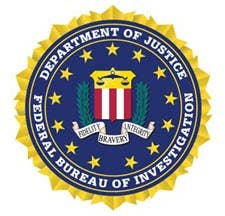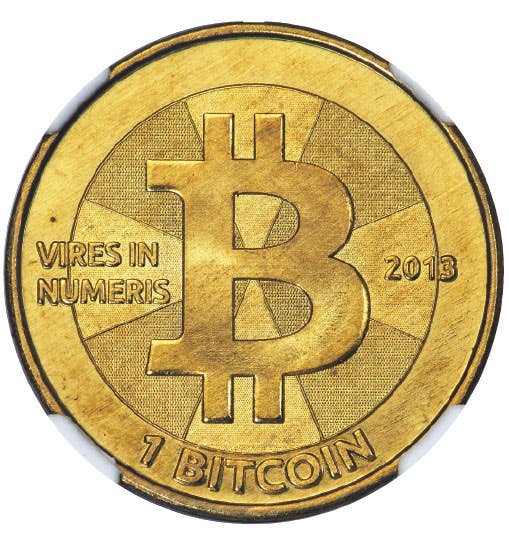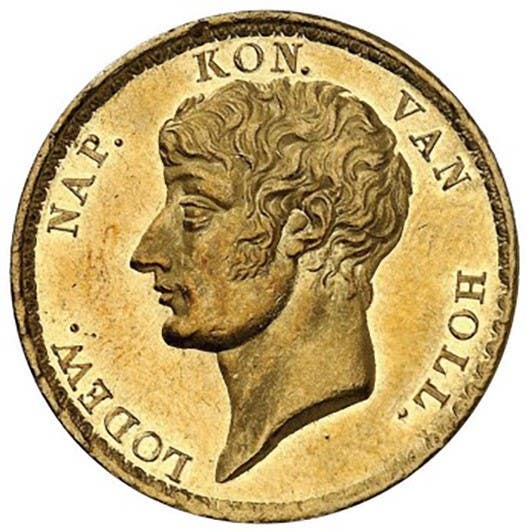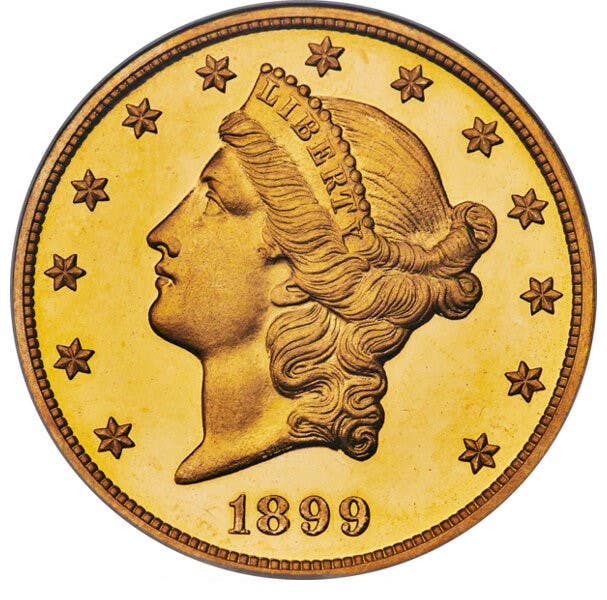1942/41 Mercury Dime Overdate
In the world of errors, there are relatively few major coins that have widespread recognition and general acceptance by collectors. The 1942/41 Mercury dime has to be considered one of…
In the world of errors, there are relatively few major coins that have widespread recognition and general acceptance by collectors. The 1942/41 Mercury dime has to be considered one of the very few errors in U.S. history which has the recognition and acceptance which seems to elude most errors.
The story of the 1942/41 is an interesting one as really there is both a Philadelphia and Denver version. In the past century, that is extremely unusual as an error might emerge from one facility but rarely would it be produced at more than one. There is a 1955 doubled die obverse Lincoln cent but only from Philadelphia and a 1918/17-D Buffalo nickel but it was produced only at Denver. The list is a long one as (almost) never does an error appear at more than one facility but there were 1942/41 overdate dimes at both Denver and Philadelphia that year.
One of the important factors concerning the 1942/41 is that the Philadelphia version was found very quickly. That is an important consideration as it made it possible to find high-grade examples. Much of the same is true of the Denver version; however, it was discovered a little later. Because collectors of the day saved a significant number of dimes in Mint State, modern collectors are able to acquire more top-grade examples for their collections.
There are a couple of other factors regarding the 1942/41 which are important including the fact that it was a fairly visible error. It might seem obvious that an error that is easily spotted would be important but it is sometimes overlooked as the most popular errors in any denomination are easily spotted and the 1942/41 is typical of such coins.
Also, it might surprise some, but to really be popular an error must generally not be too scarce. That fact surprises many but the simple reason is that if an error is too scarce and expensive it is not likely to receive the same level of coverage and interest. The publicity and attention help the error to have a wide audience who potentially are aware of the error and might even want one for their collection.
A good example that the 1942/41 was not too scarce can be seen in the New York Subway Hoard purchased by Littleton Coin Company back in the 1990s. The hoard was assembled starting in the 1940s from coins found in the New York Transit Authority. That means it was certainly one of the world’s great places to look for good dates and the extraordinary hoard proves that. What is worth remembering is that the hoard was assembled starting right around the time the Philadelphia 1942/41 had been discovered and the people assembling the hoard were aware and looking for the 1942/41.
In the case of Mercury dimes, there were four key dates in the hoard with the 1942/41 total being 166 while the 1916-D was at 241 with the 1921-D at 450 and the 1921 at 600 pieces. The totals may not break down exactly in terms of the scarcity of the four, but the fact is that the 1942/41 was in the hoard and in some numbers.
It is probably unfair to suggest that the 1942/41 is tougher than the 1916-D, even though the New York Subway Hoard numbers seem to tell a different story. In fact, if the two are simply close, that is enough because the 1916-D was seen as very tough with a mintage of 264,000. By the 1940s, the 1916-D, which would have been pulled from circulation in some numbers, was probably somewhat more difficult to find than would be normal for a coin with its mintage.
If we look at the prices today, we see the 1942/41 is at $290 in G-4, $2,400 in MS-60, $12,000 in MS-65 and $35,000 in MS-65 with Full Split Bands, while the 1942/41-D is at $275 in G-4, $790 in MS-60, $5,050 in MS-65 and $26,500 in MS-65 with Full Split Bands. Clearly, neither is readily available, especially in top grades but the point is that at least a few would appear to be known. Also, as might be expected, both are less than the 1916-D. Even with significant recognition and acceptance, any error will still not have quite the same demand as regular dates in a set.
Numismatic Guaranty Corporation reports more than 450 examples of the 1942/41 and just 186 of the 1942/41-D.At Professional Coin Grading Service, there have been more than 1,000 examples of the 1942/41 graded, while the 1942/41-D has been graded about one-half that total. At both services, only a very small number have ever been seen in MS-65 or better.
The numbers might suggest that the 1942/41-D should be at higher prices, but in the case of errors, normal rules do not always apply. The Philadelphia version is more famous and that probably means added demand, which is everything for an error. They really make a great pair as twin errors do not happen often, which makes them so special.
Image courtesy of Heritage Auctions
To read more "Item of the Week's" click here.









